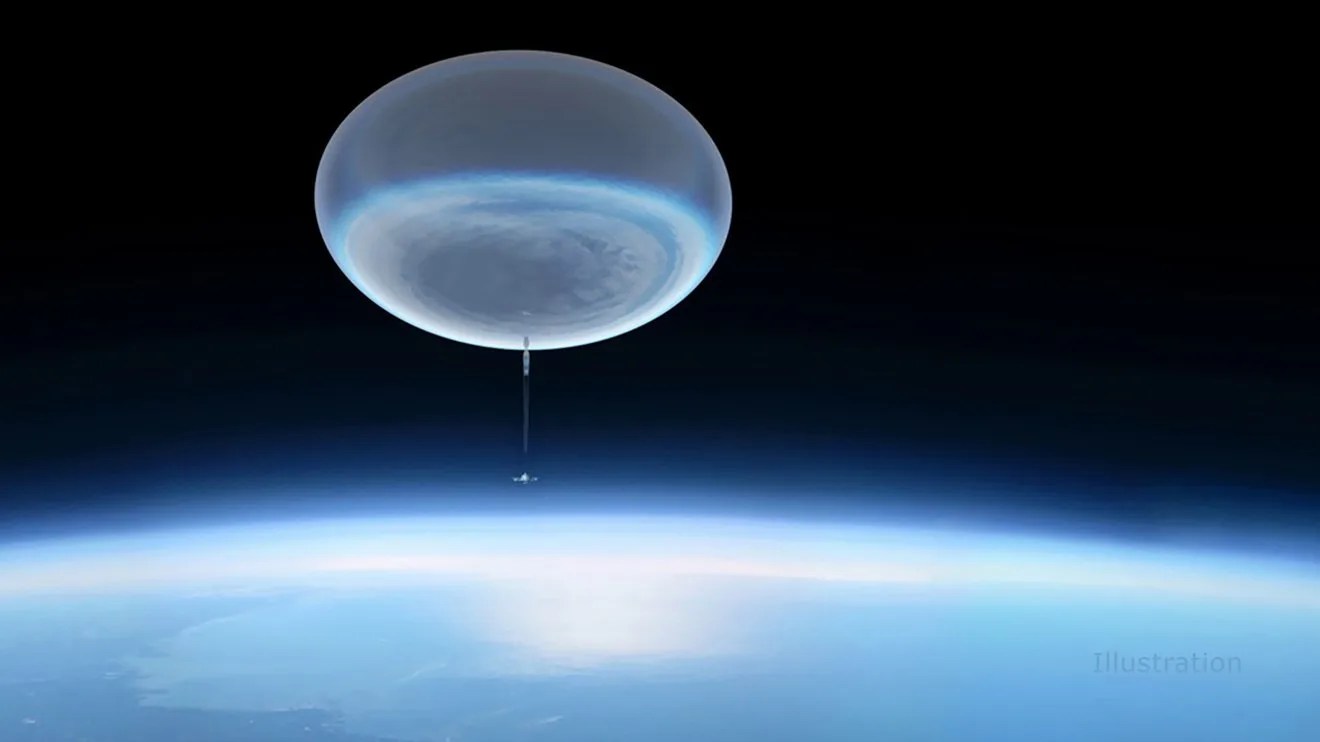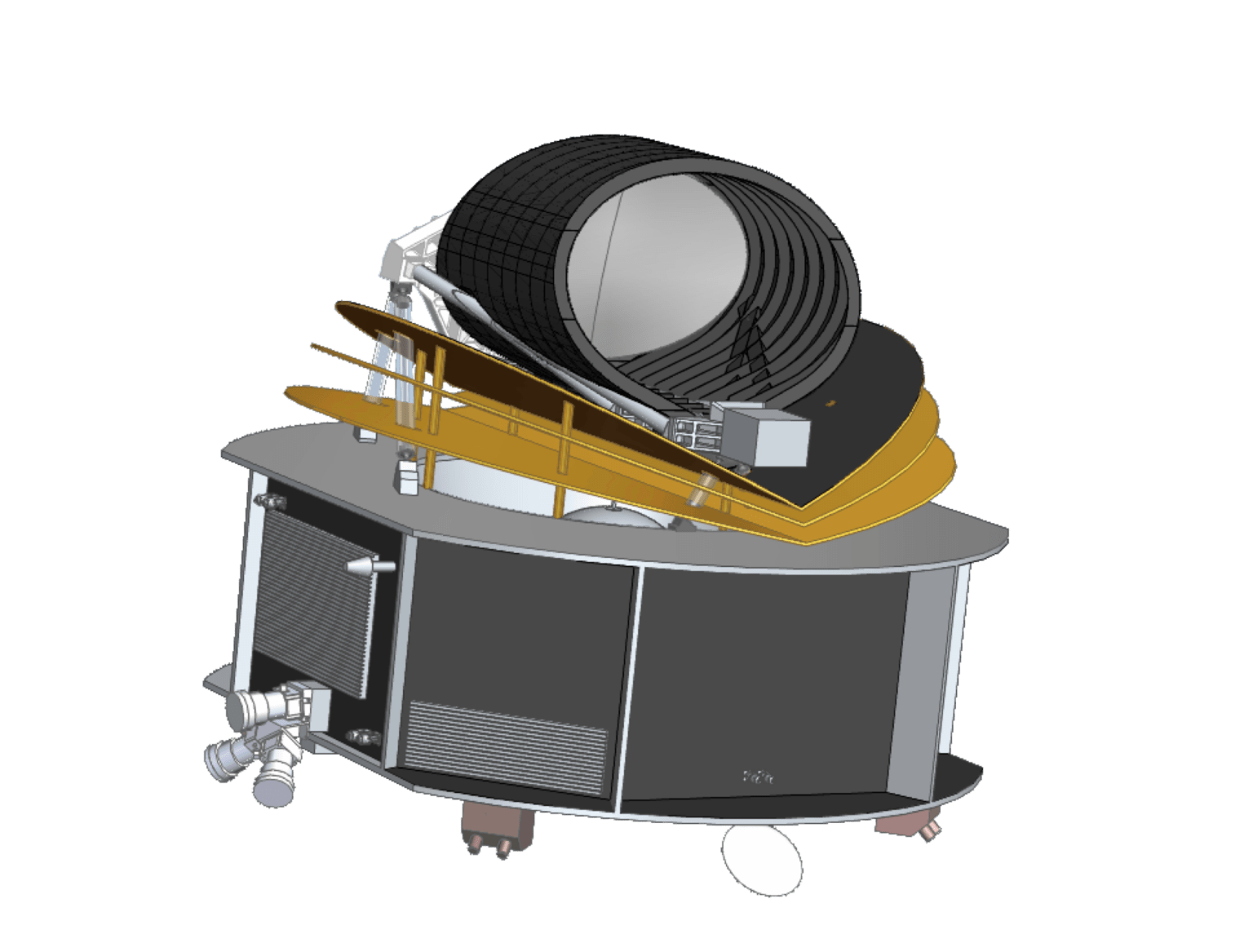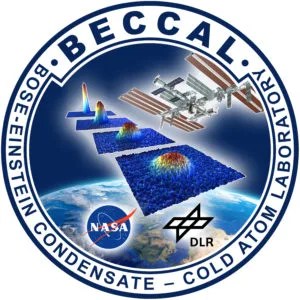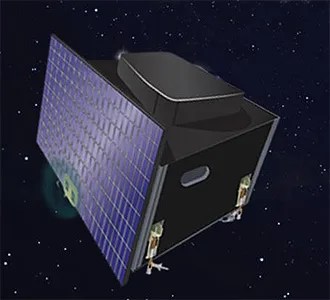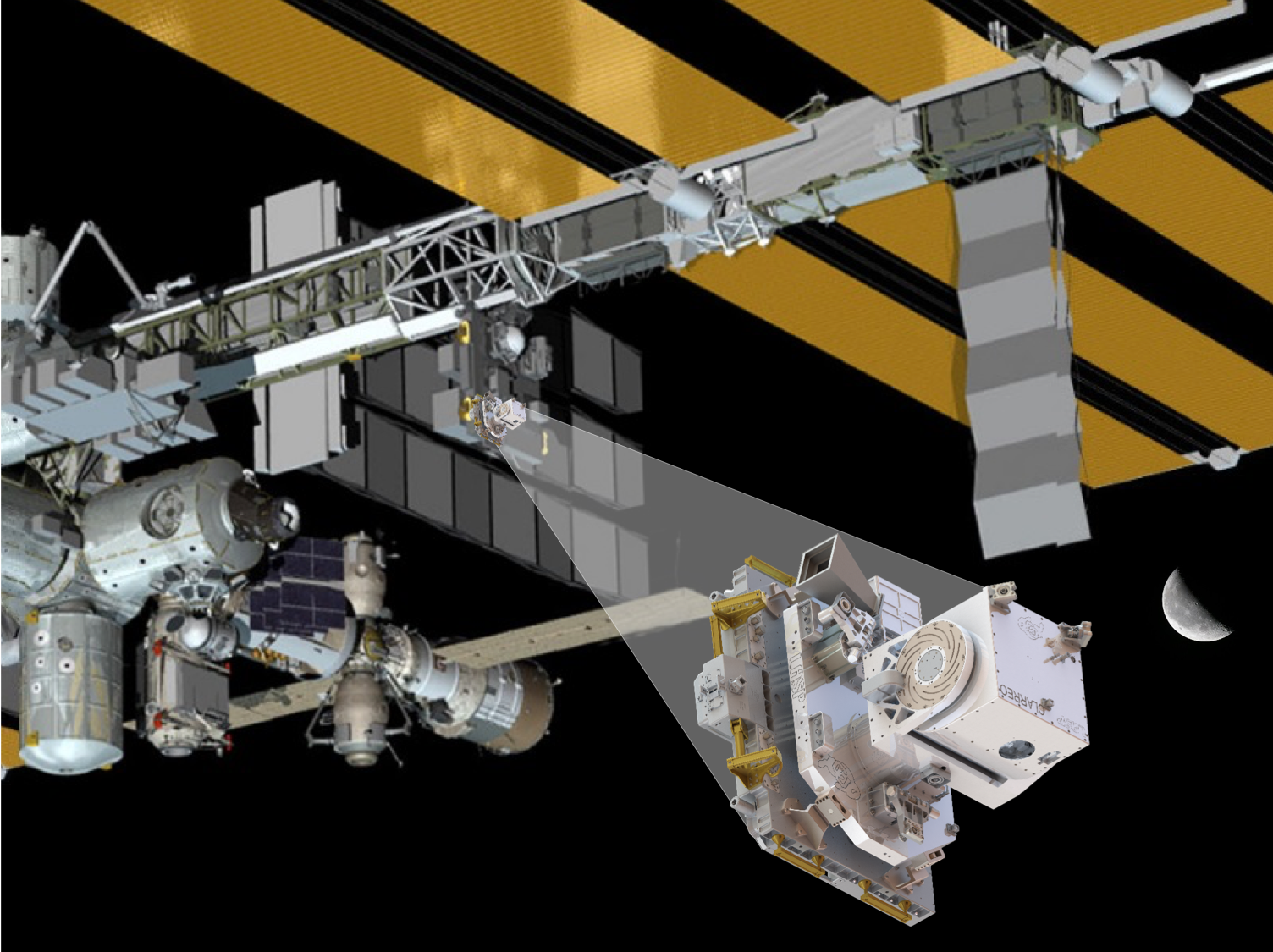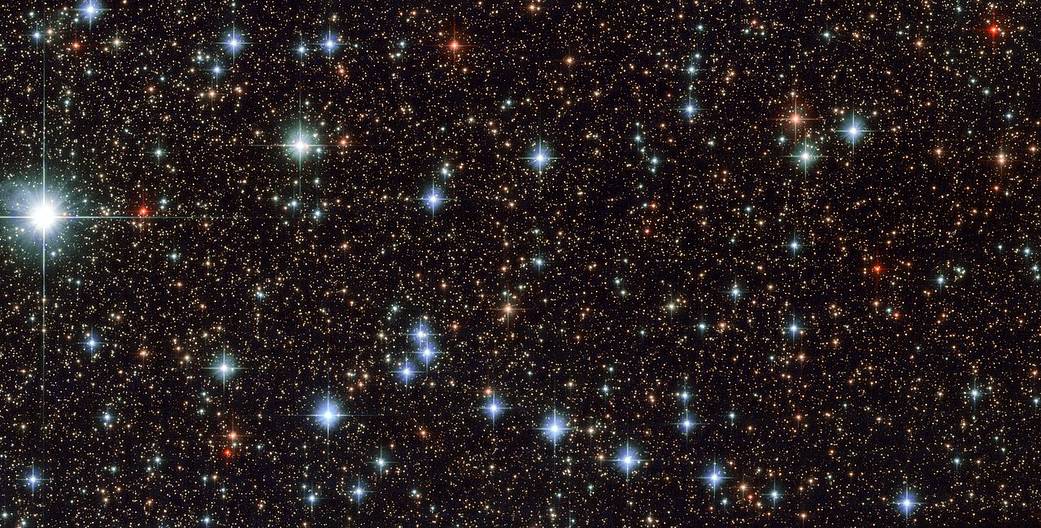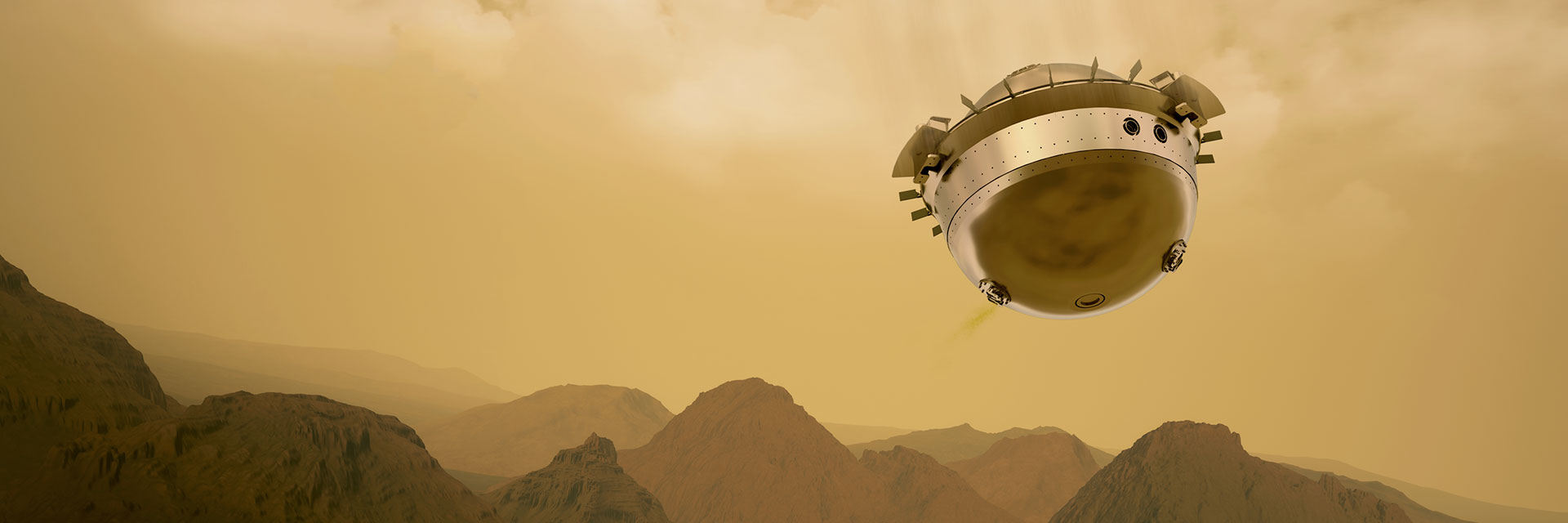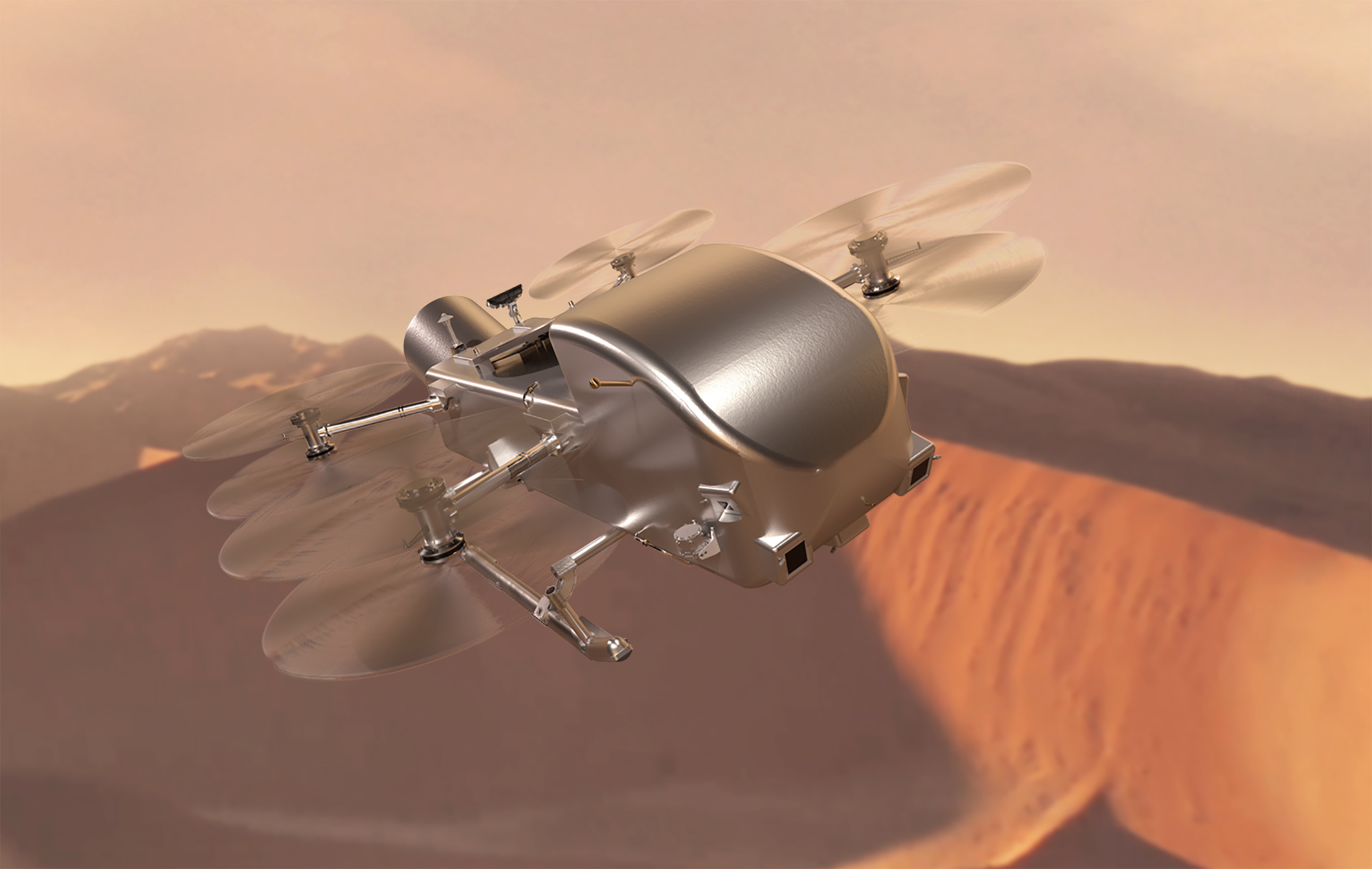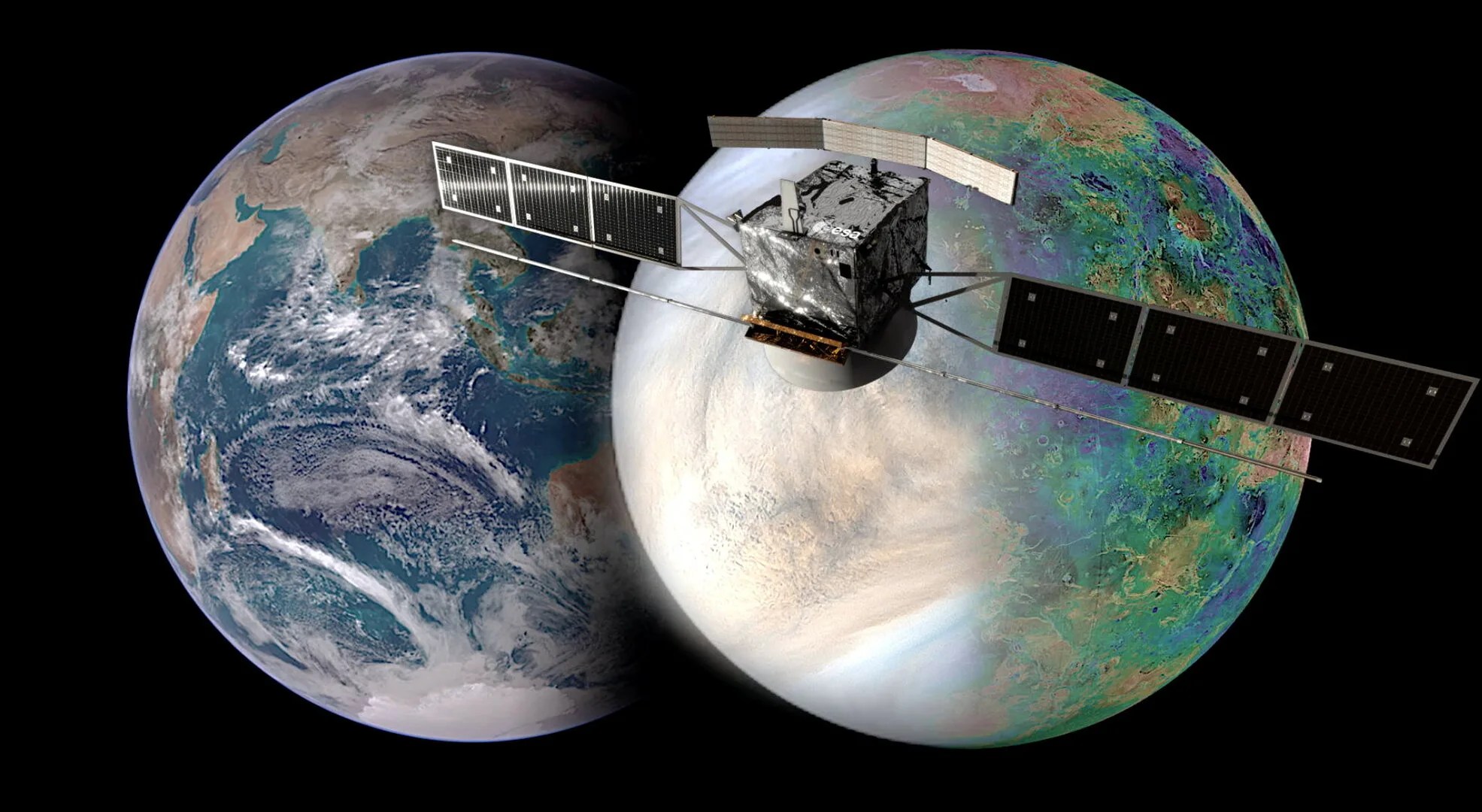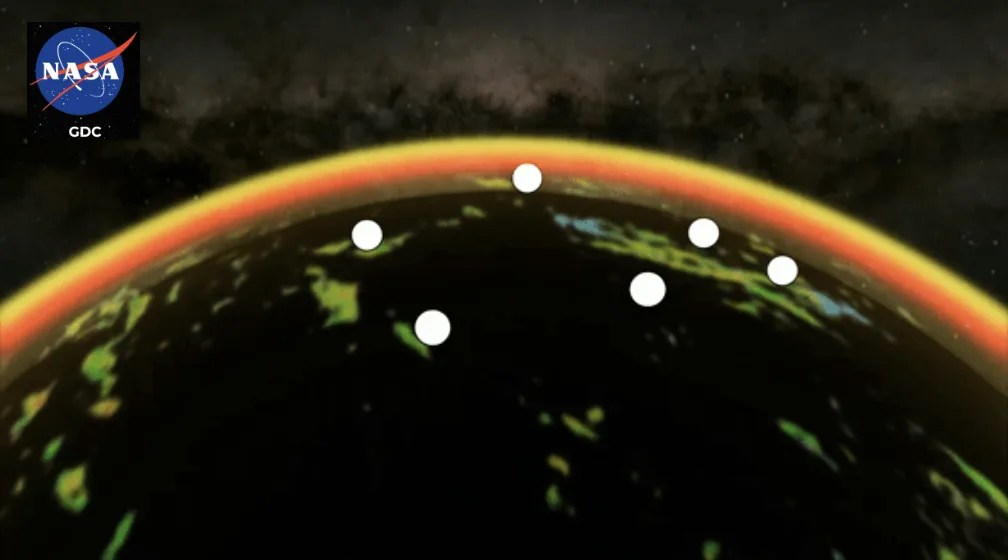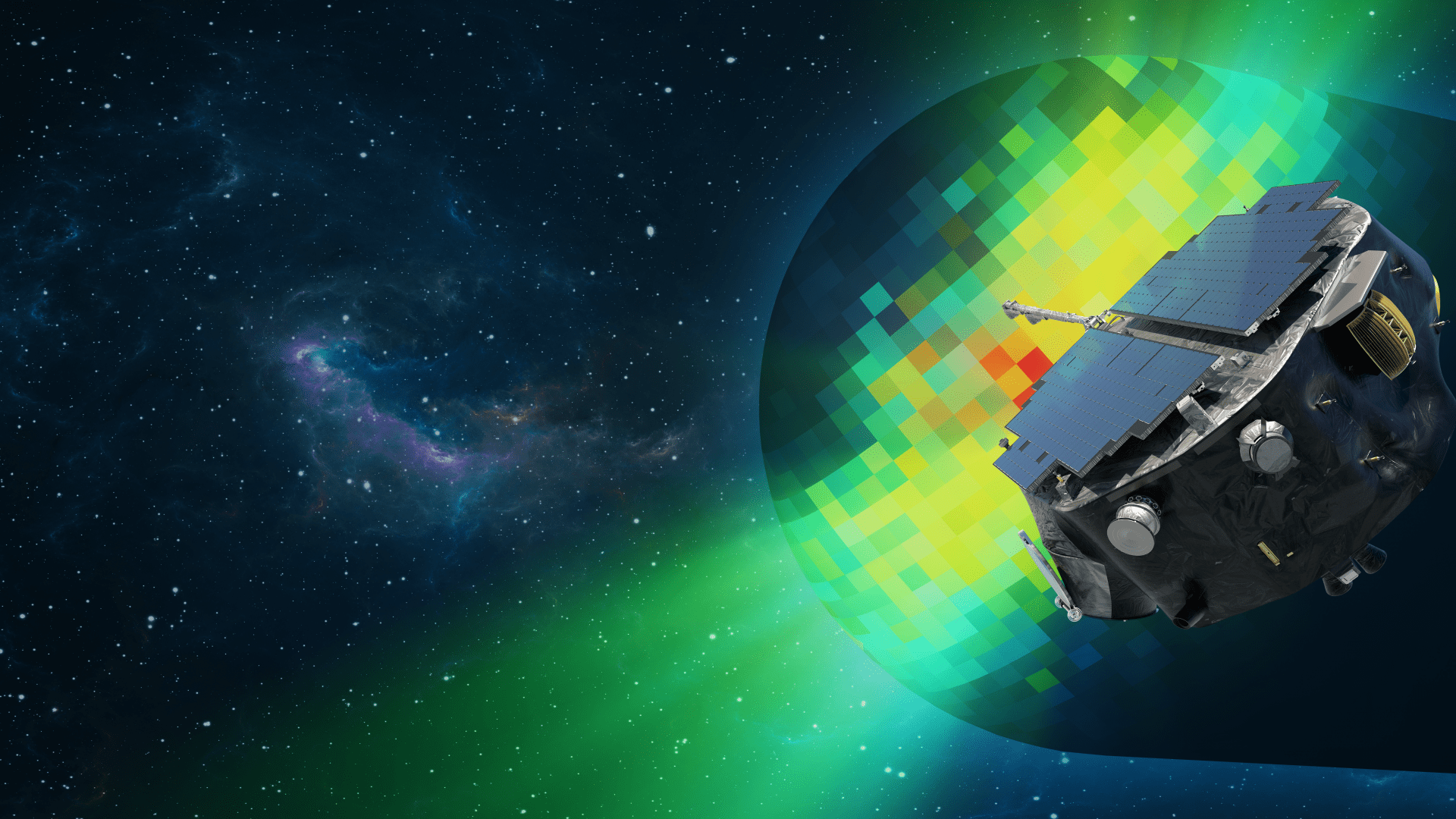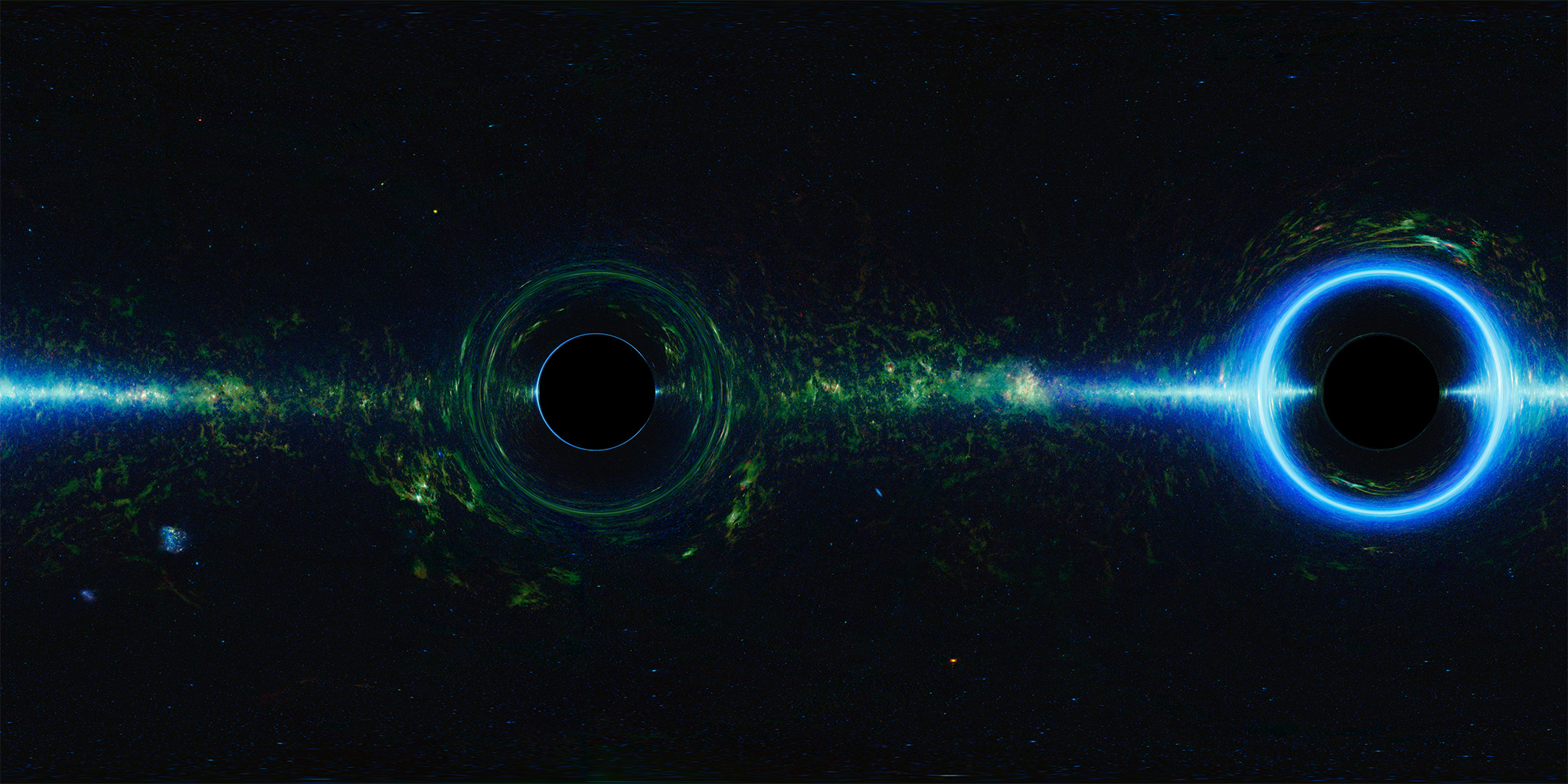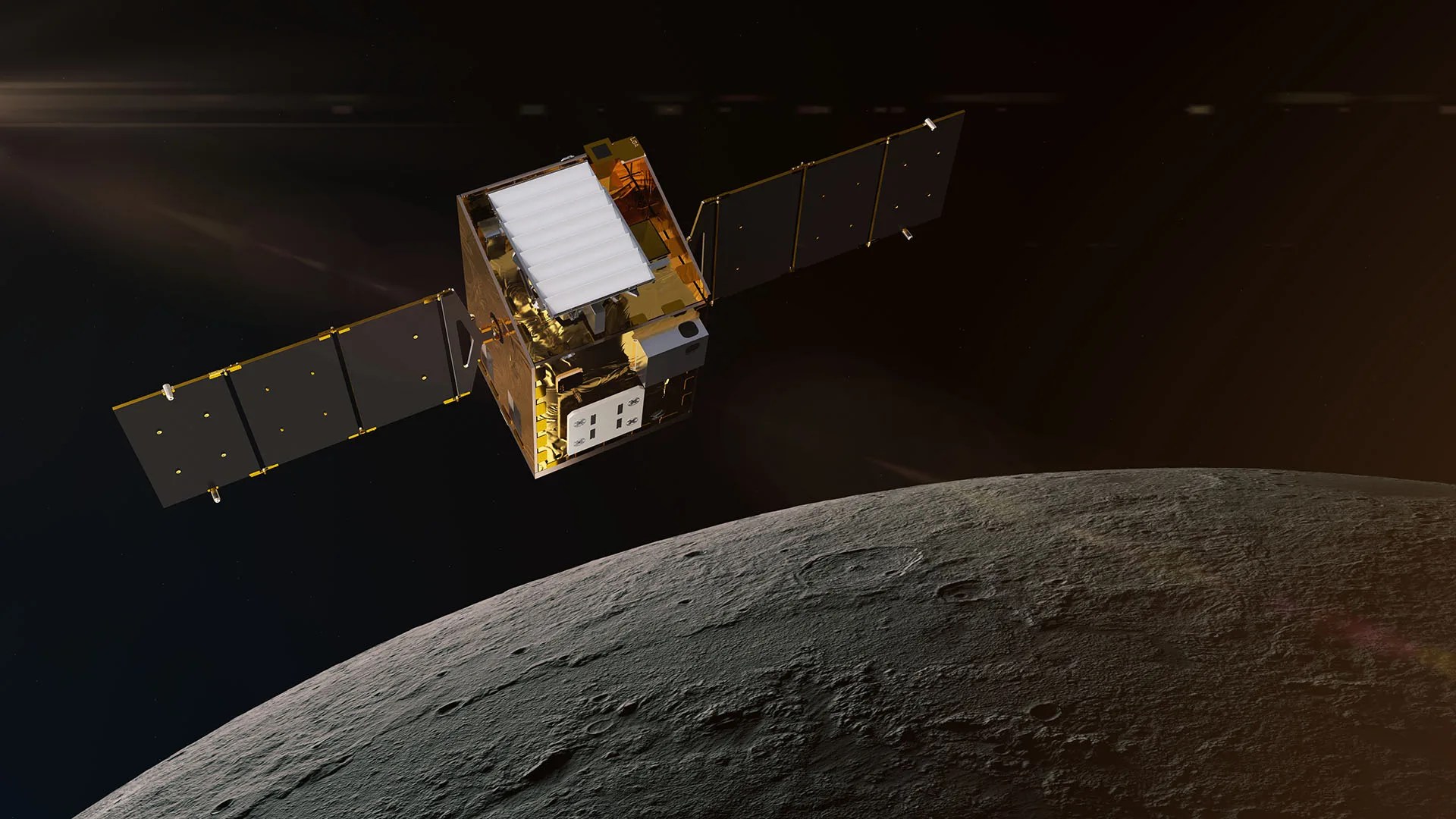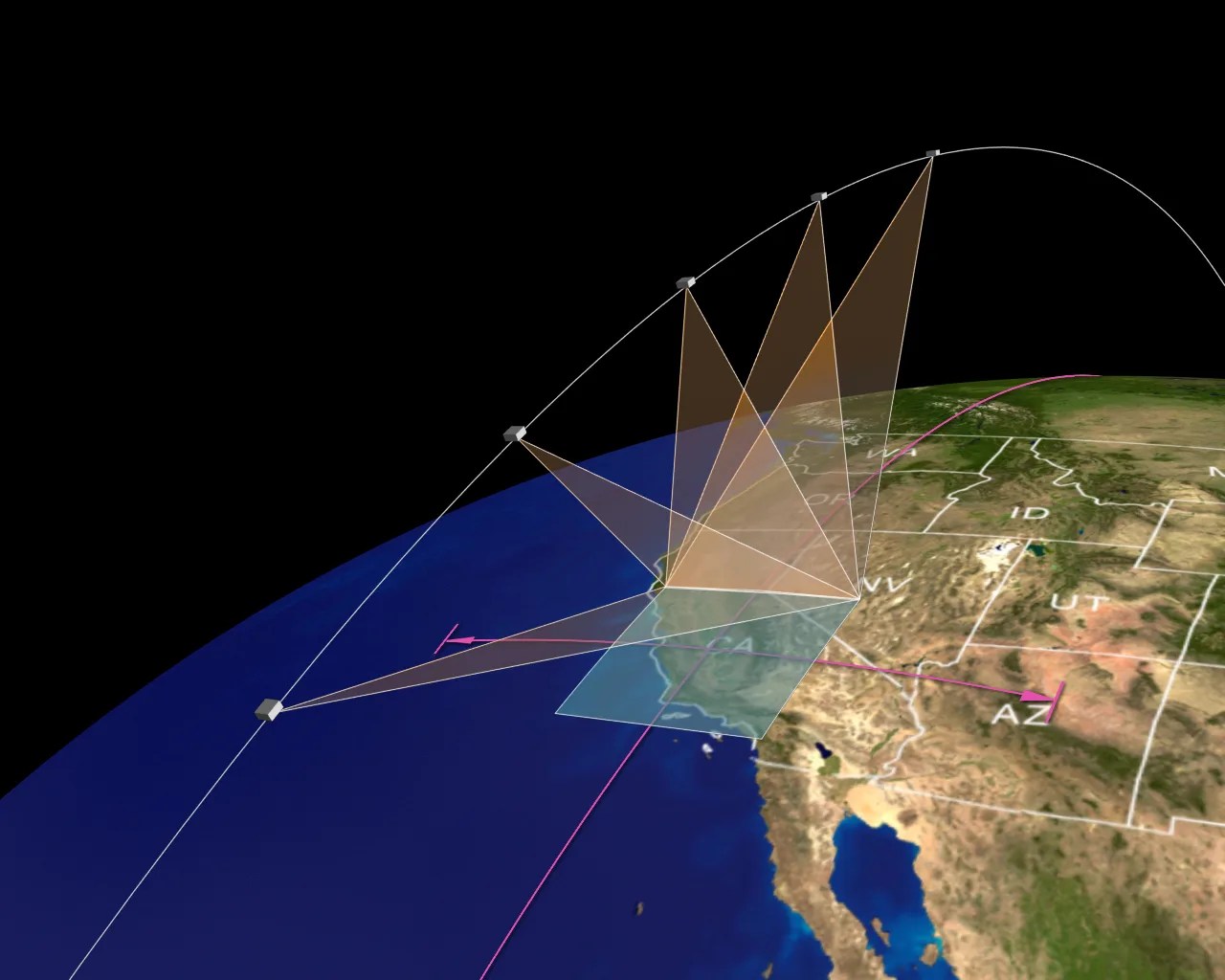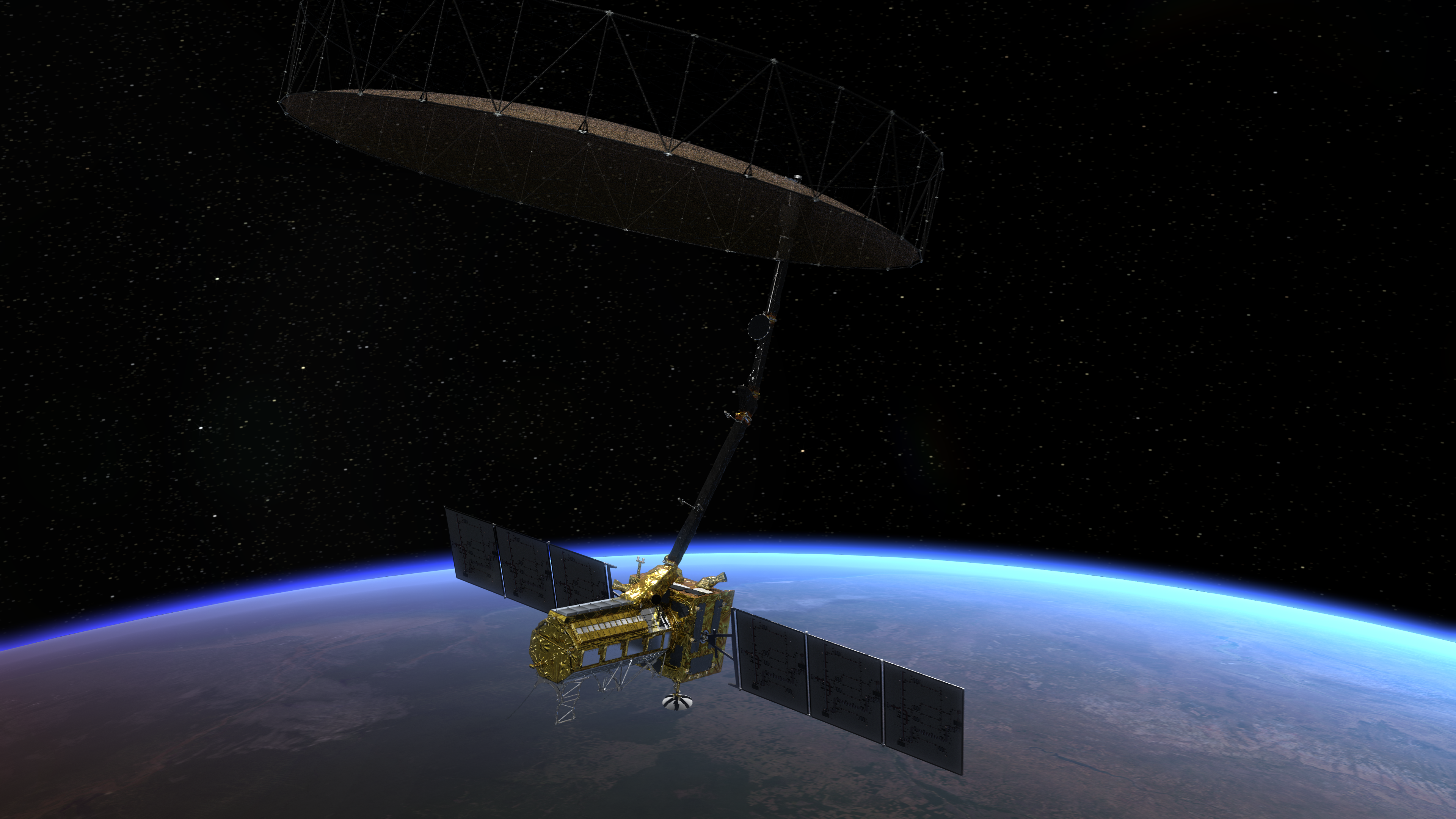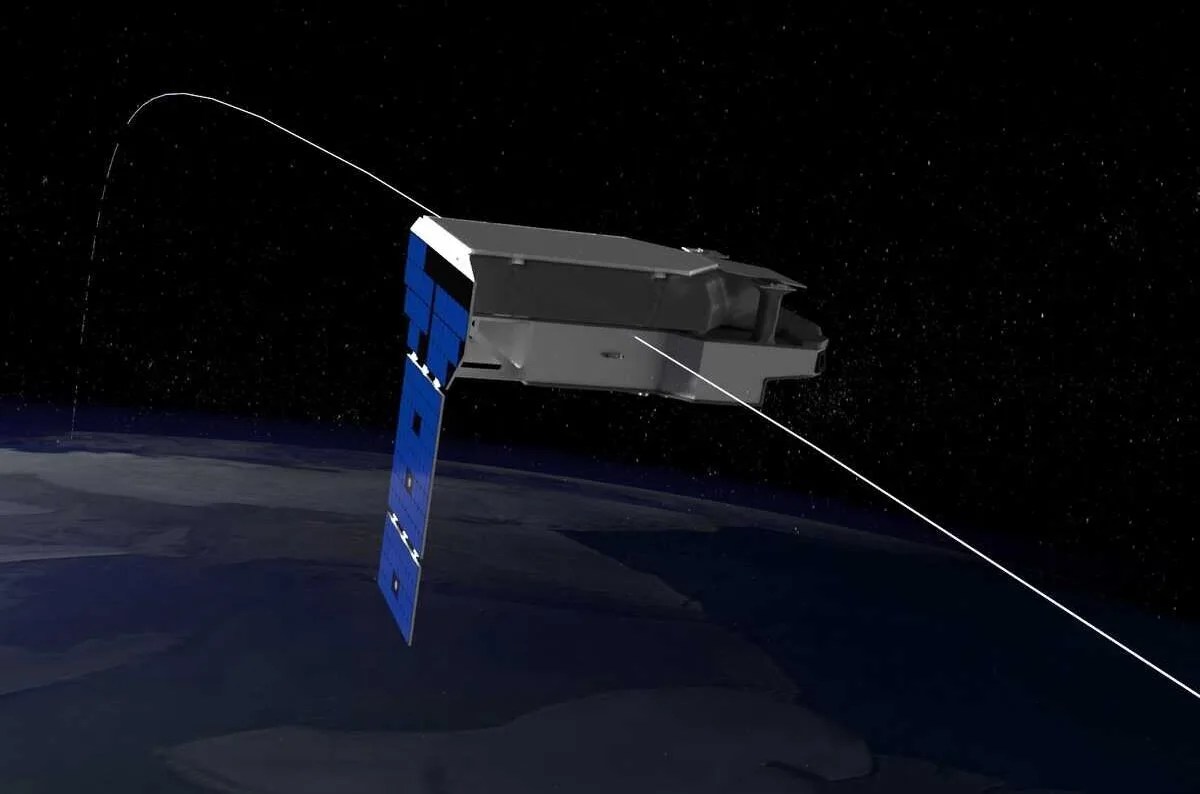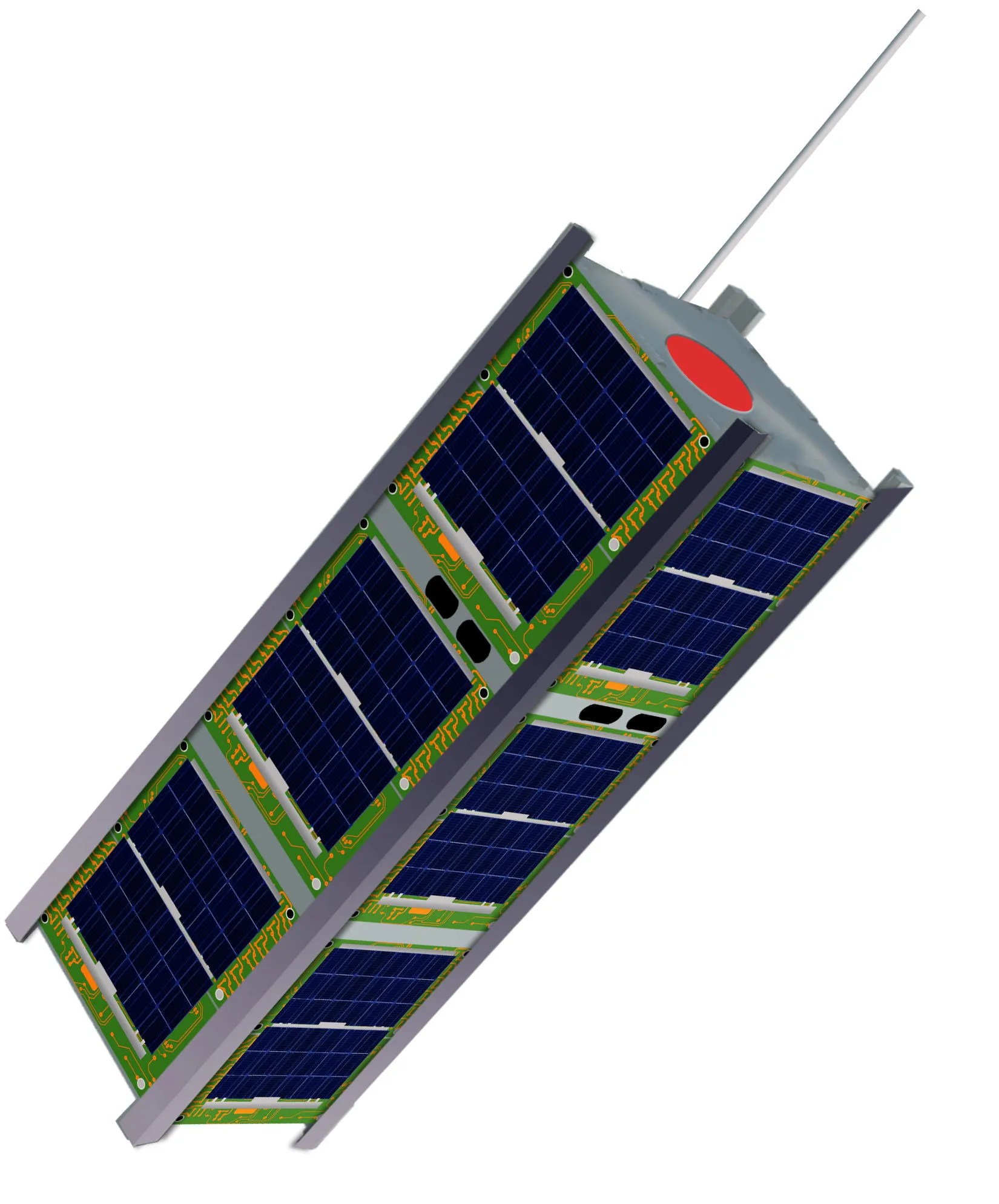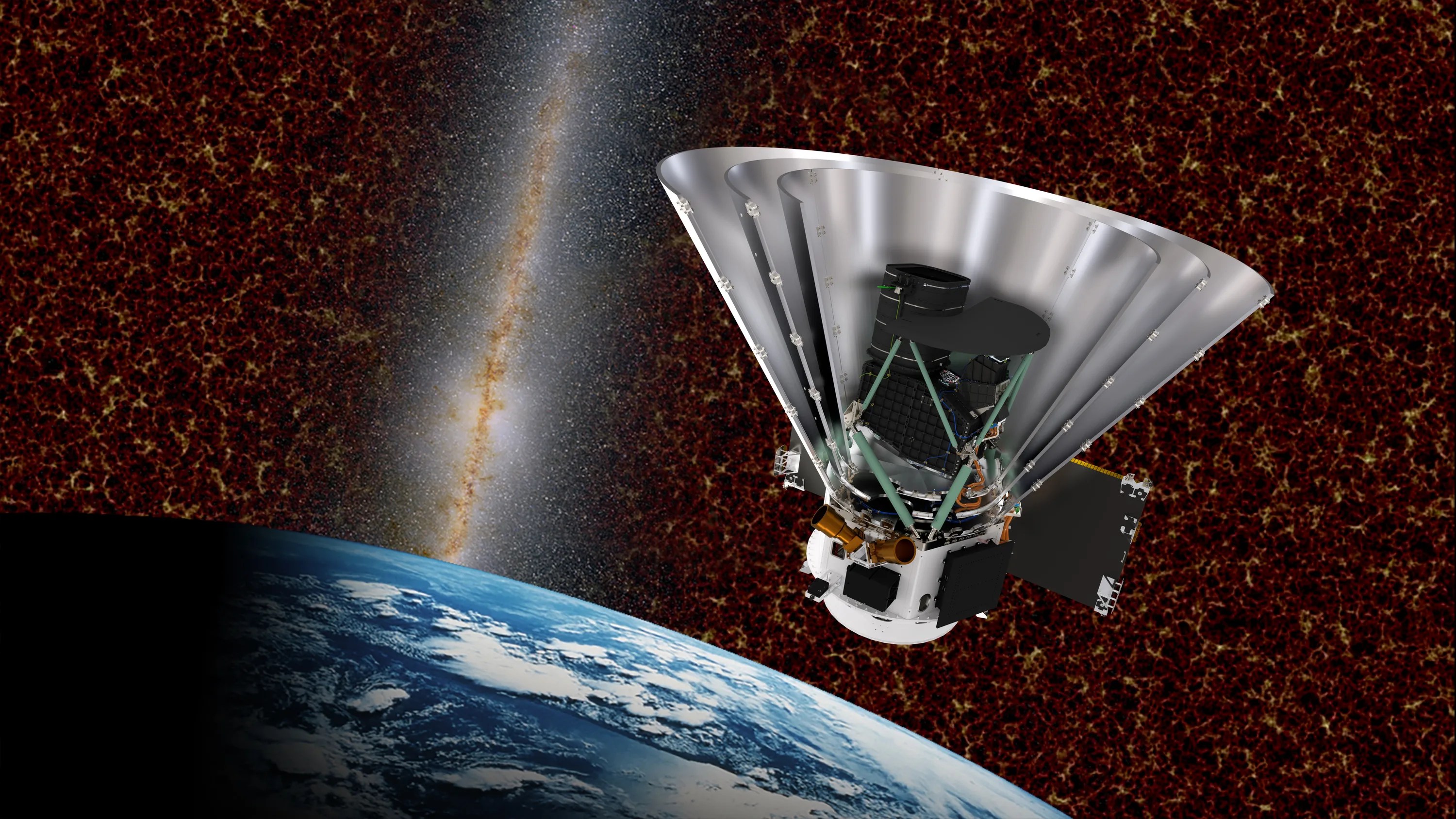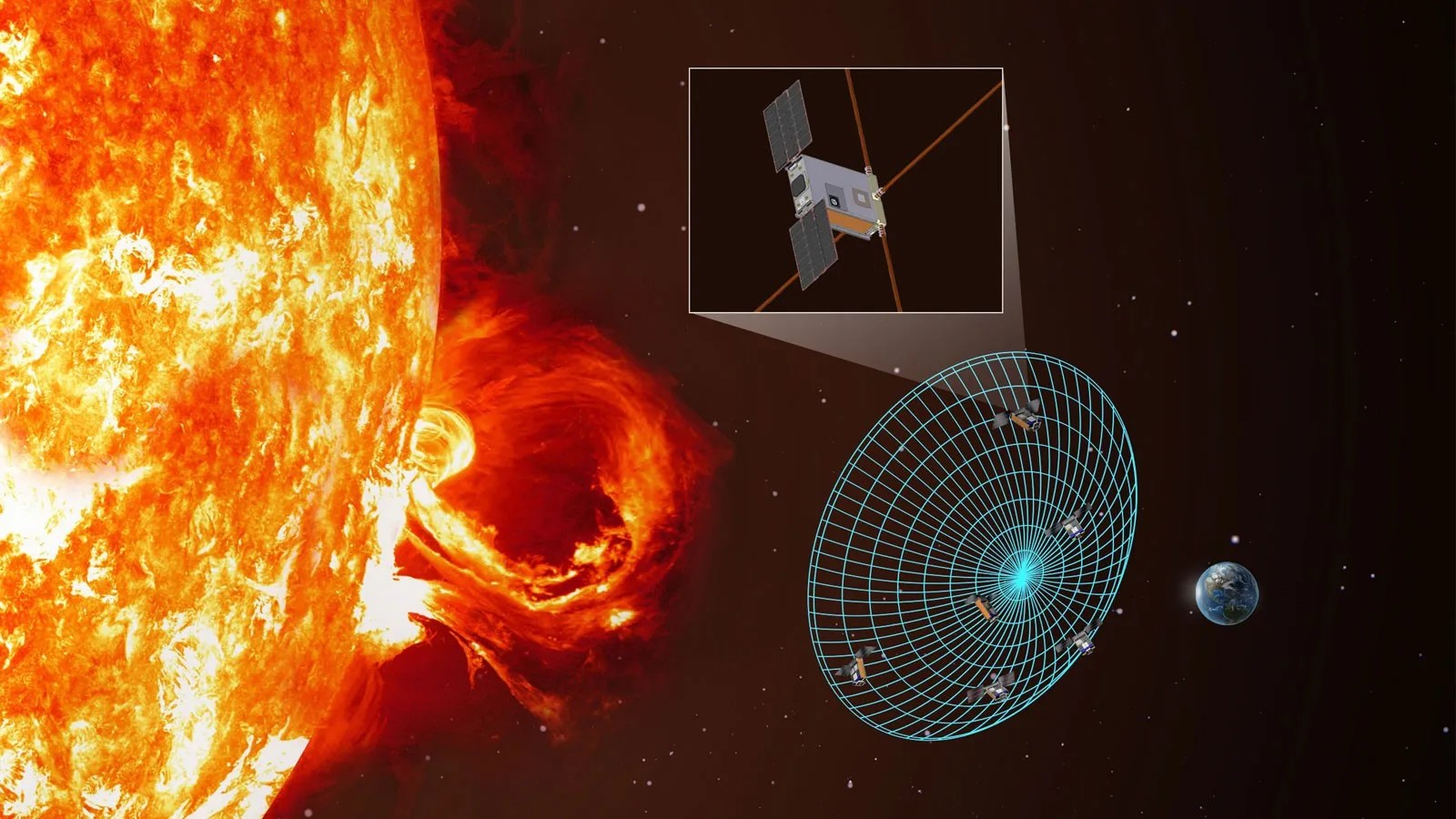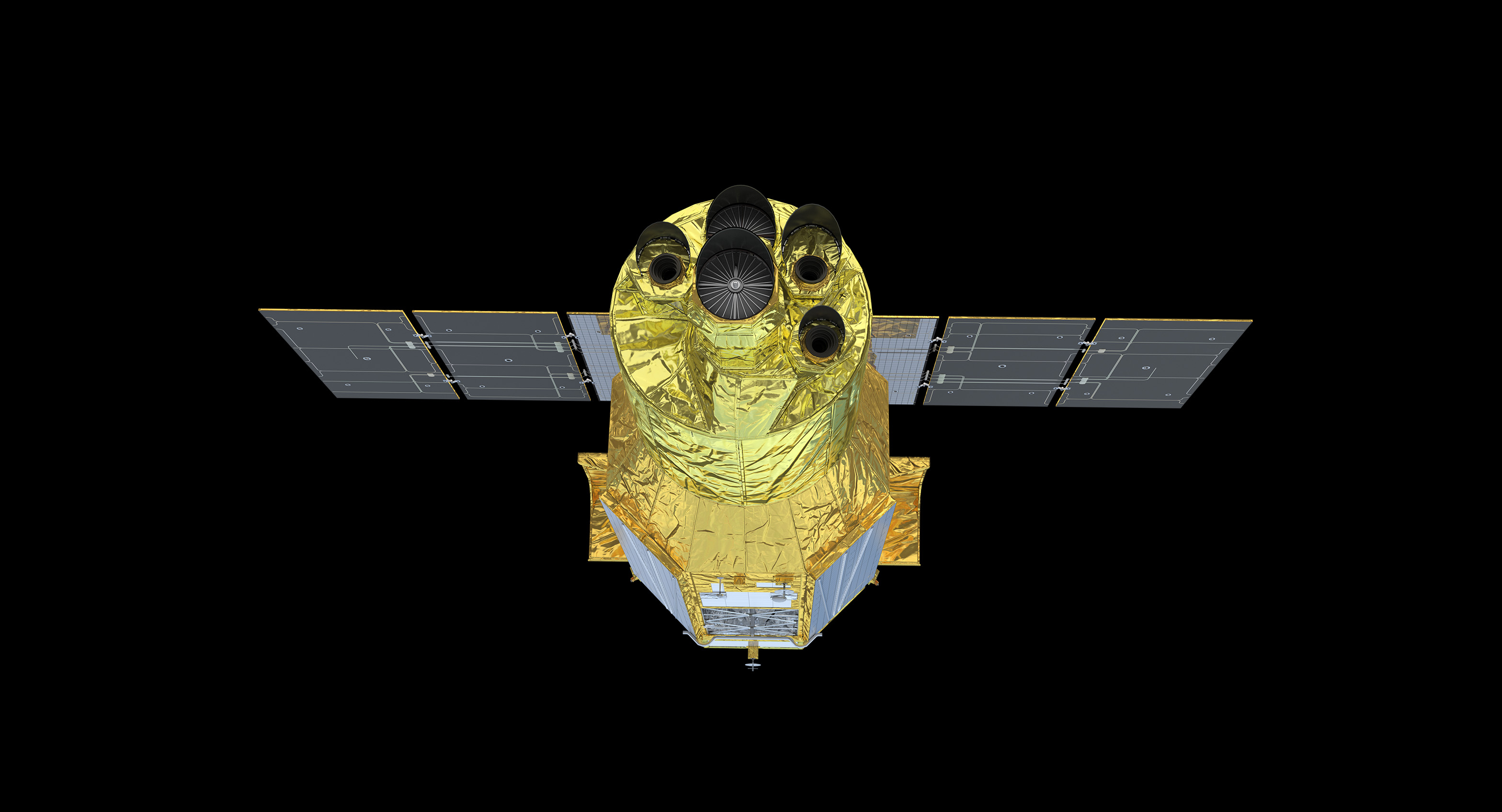Featured Missions
Our mission milestones showcase the breadth and depth of NASA science.

Europa Clipper
Launched Oct. 14, 2024, Europa Clipper’s main science goal is to determine whether there are places below the surface of Jupiter’s icy moon, Europa, that could support life.

Lunar Trailblazer
Launching in 2024, the goal of Lunar Trailblazer is to understand the form, abundance, and distribution of water on the Moon, and the lunar water cycle.

NISAR
Launching in 2024, NISAR will systematically map Earth and study changes to ice sheets, glaciers, and sea ice in fine detail, as climate change warms the air and ocean.
Why Does NASA Want to Explore Jupiter’s Ocean Moon?
Everywhere there’s water on Earth, there’s life. Does that hold true elsewhere in our solar system? NASA’s Europa Clipper mission will investigate Jupiter’s icy moon Europa, which — with its subsurface ocean — is one of the most promising places in our solar system to find environments capable of supporting life.
Learn More about Europa ClipperNASA Science Fleet Chart
NASA Science missions circle the Earth, the Sun, the Moon, Mars, and many other destinations within our Solar System, including spacecraft that look out even further into our universe. The Science Fleet depicts the scope of NASA’s activity and how our missions have permeated throughout the solar system.
Download the Science Fleet Chart
All Science Missions
Filters
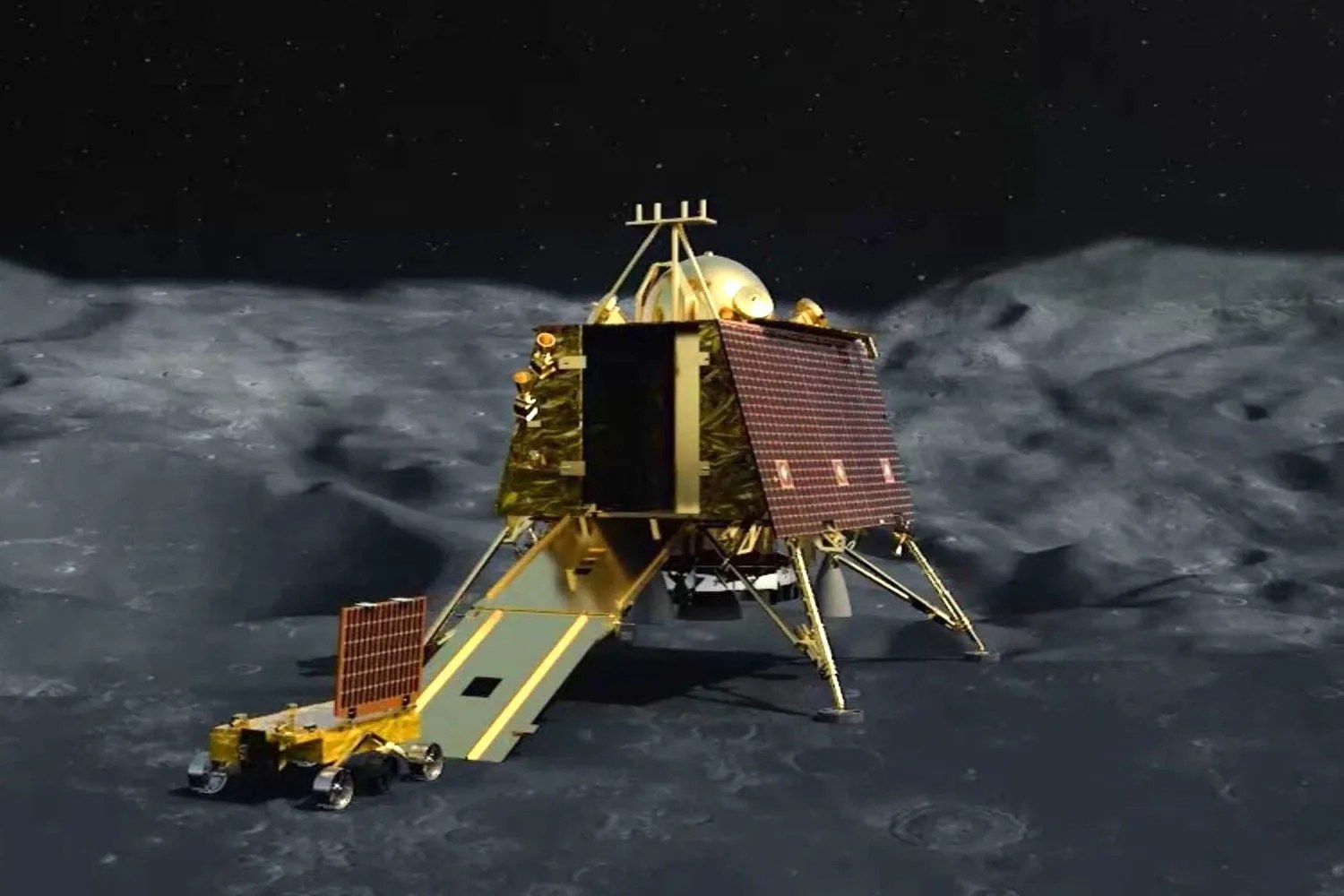
Chandrayaan-3
Lunar Lander / Rover (India)

ESCAPADE
ESCAPADE will use two identical spacecraft to investigate how the solar wind interacts with Mars’ magnetic environment.

Europa Clipper
Europa Clipper will search for signs of potential habitability on Jupiter's icy ocean moon Europa.
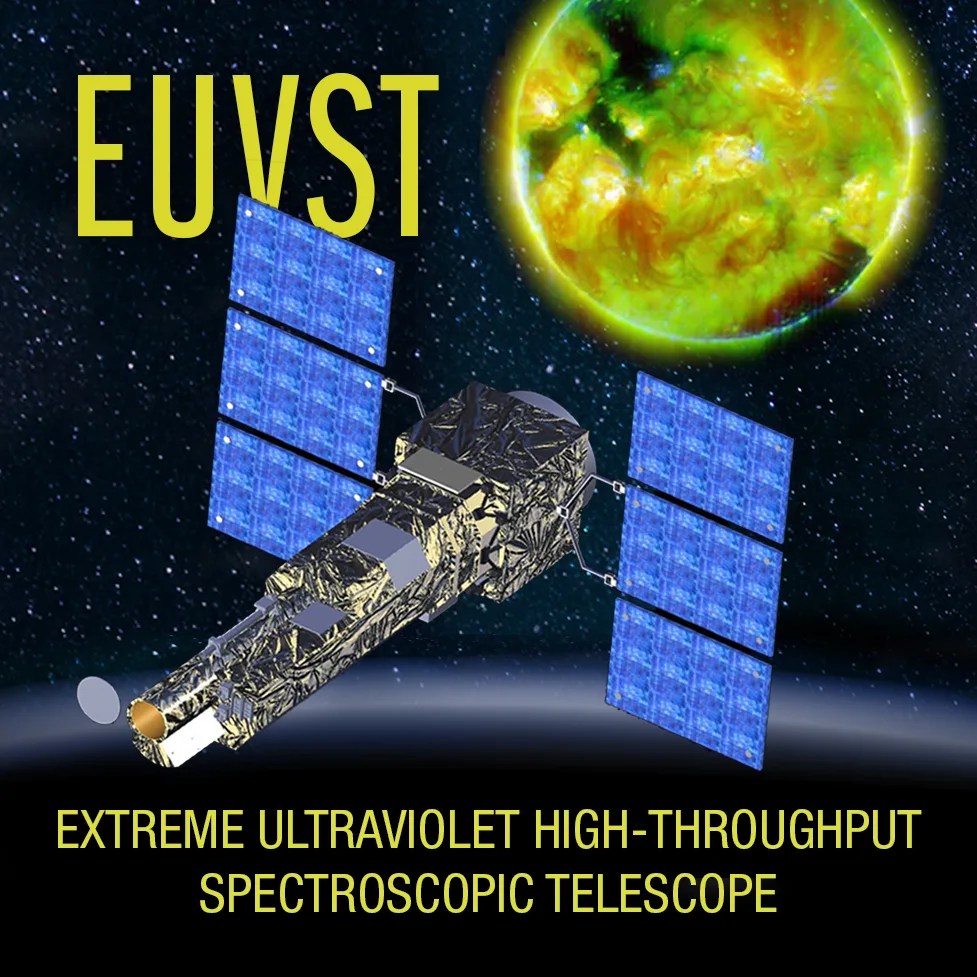
EUVST
Extreme Ultraviolet High-Throughput Spectroscopic Telescope (EUVST) mission will expand how NASA studies the Sun, space, and Earth as an interconnected…

ExoMars Rover
The European Space Agency's ExoMars rover is part of a series of missions designed to study the potential for past…
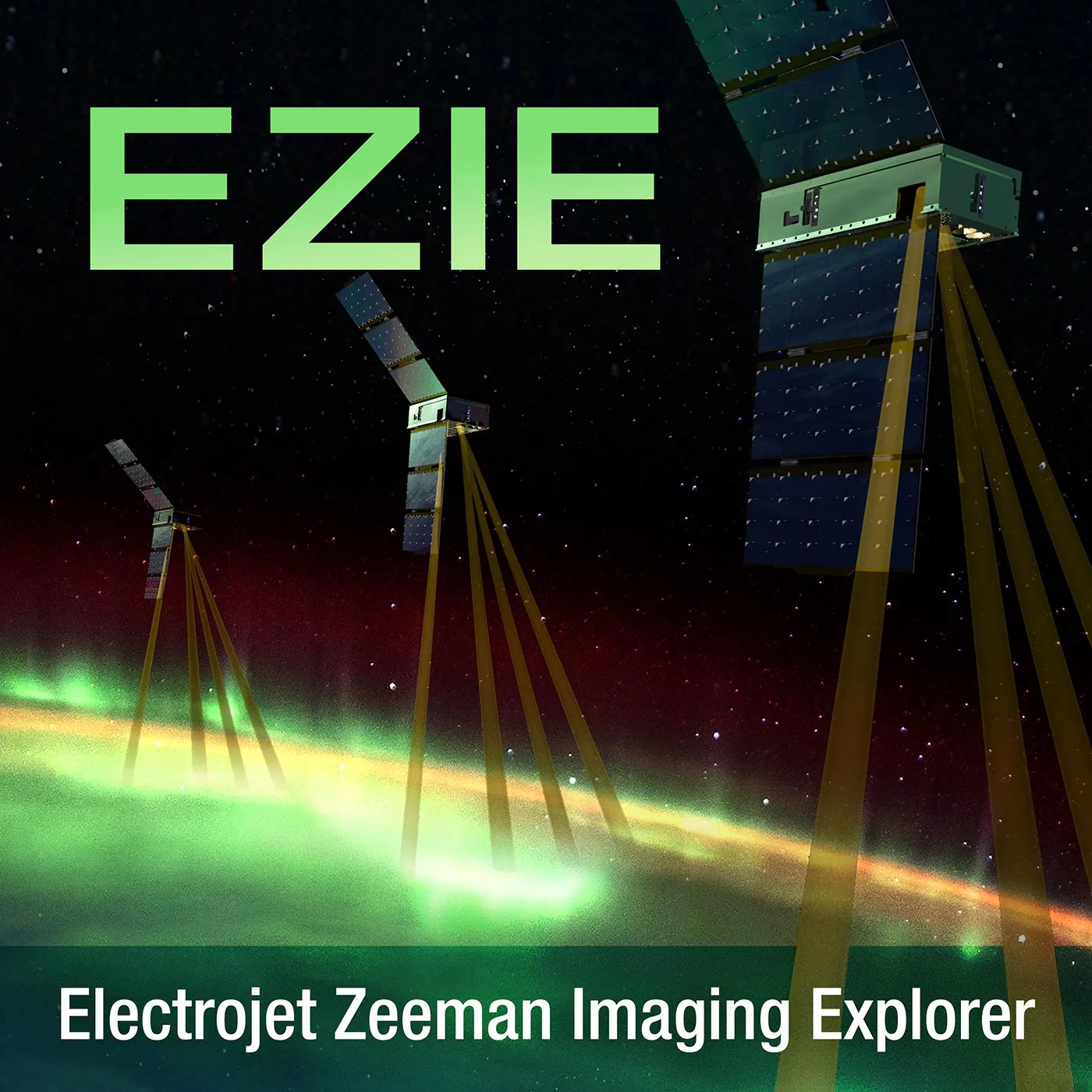
EZIE
EZIE is a mission to explore the Sun and the system that drives space weather near Earth.
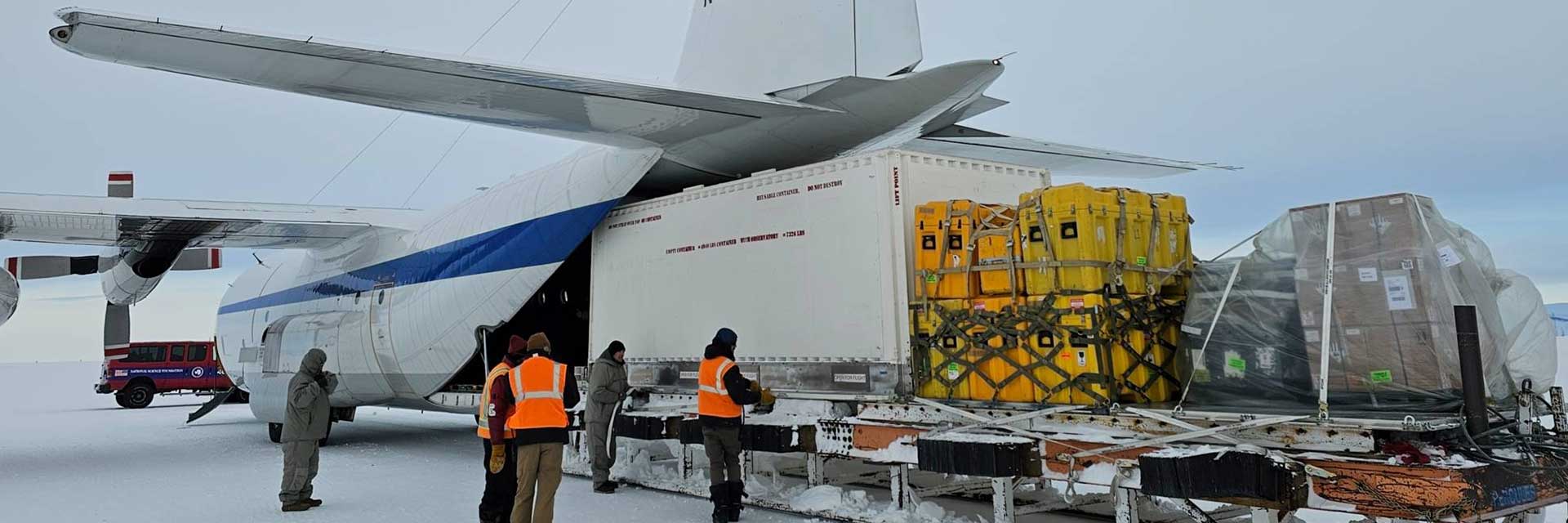
GUSTO
GUSTO is a scientific balloon mission that will measure emissions from the interstellar medium, the material between stars.
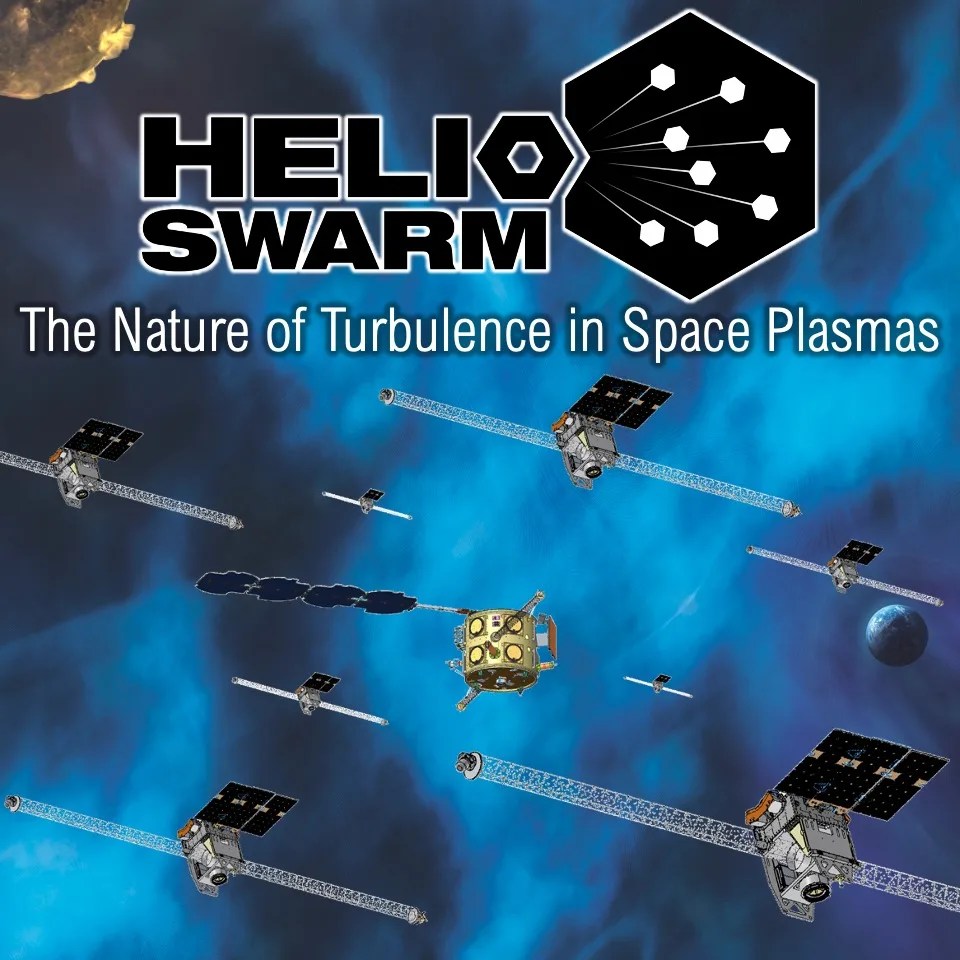
HelioSwarm
HelioSwarm mission will help improve our understanding of the dynamics of the Sun, the Sun-Earth connection, and the constantly changing…
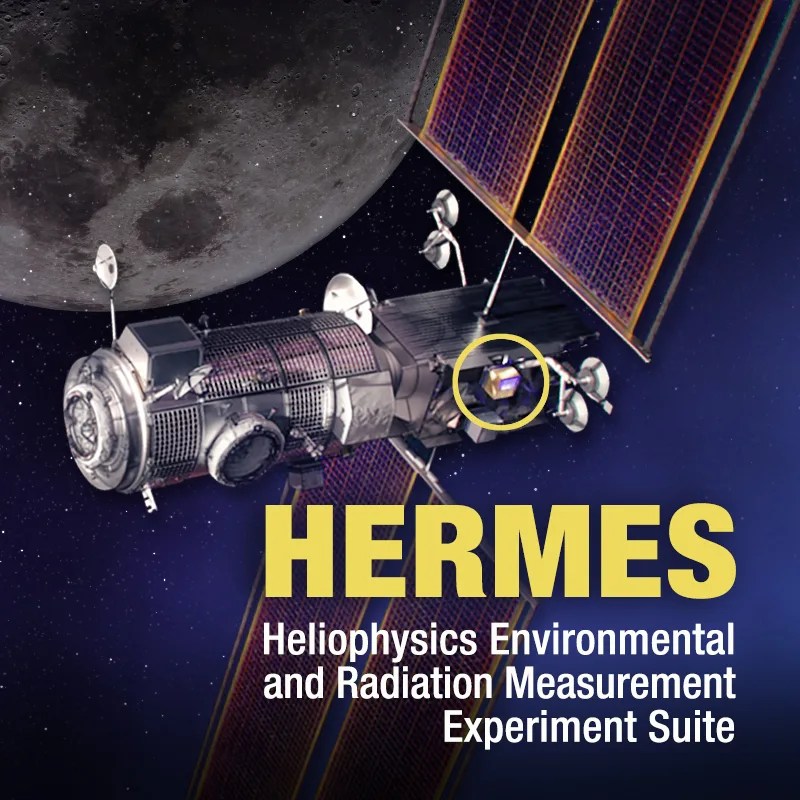
HERMES
HERMES is an instrument package that will be placed upon the Gateway, an orbital outpost which will support Artemis lunar…
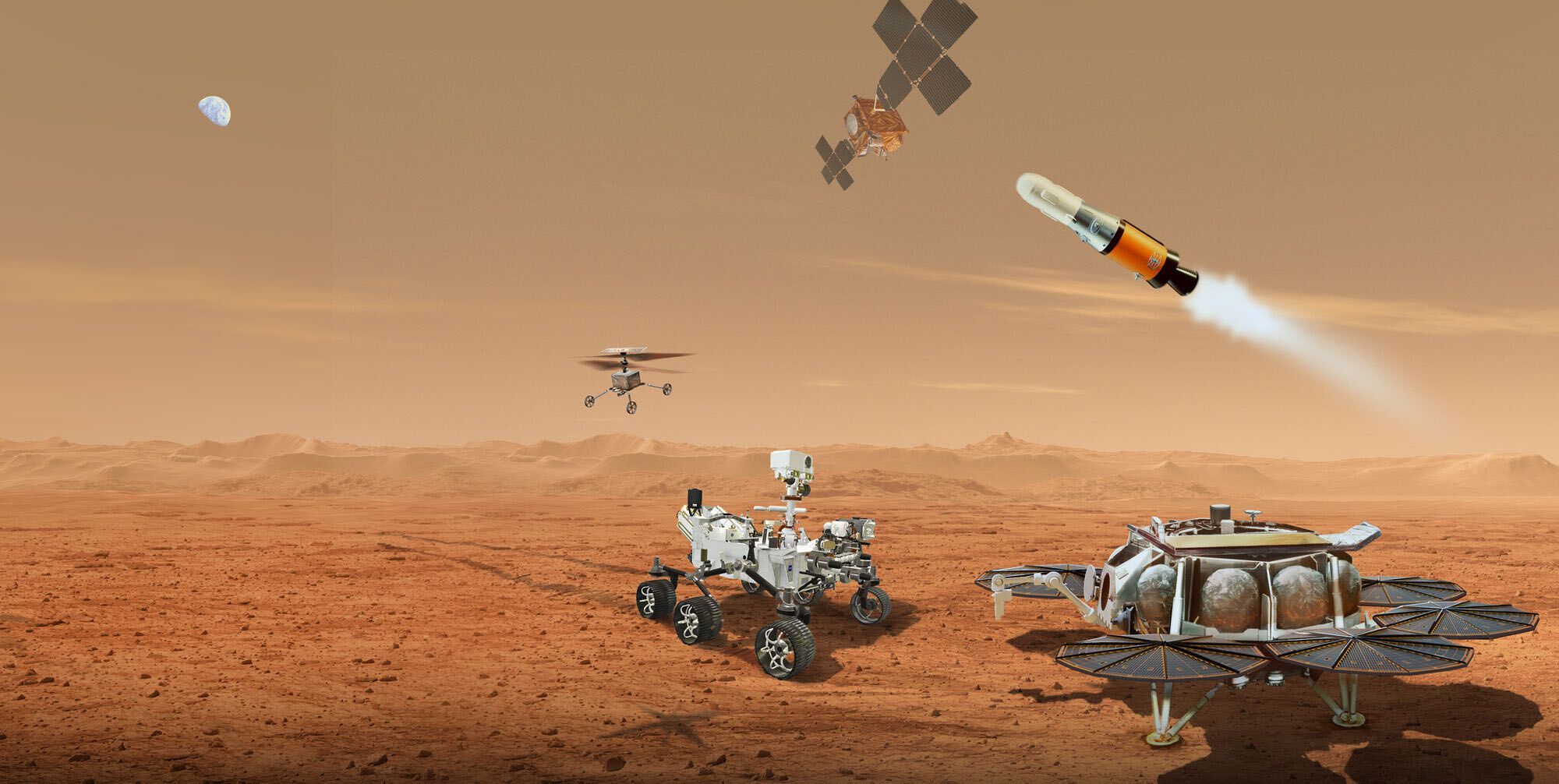
Mars Sample Return
Mars Sample Return would be NASA’s most ambitious, multi-mission campaign that would bring carefully selected Martian samples to Earth for…

MMX
Japan's MMX (Martian Moons eXploration) will study Mars' small moons Phobos and Deimos, collect a sample of one of them…
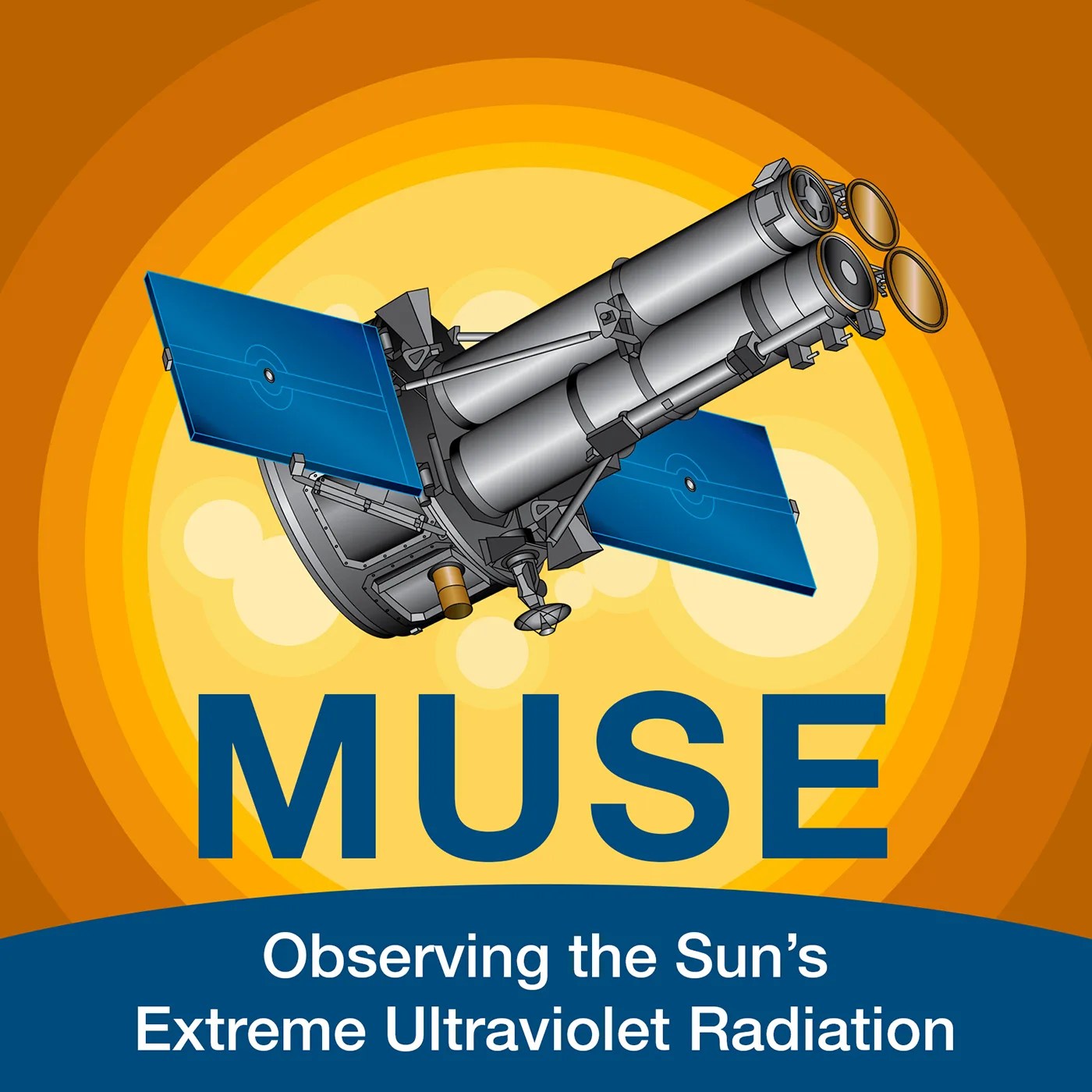
MUSE
The Multi-slit Solar Explorer (MUSE) mission will help scientists understand the forces driving the heating of the Sun’s corona and…
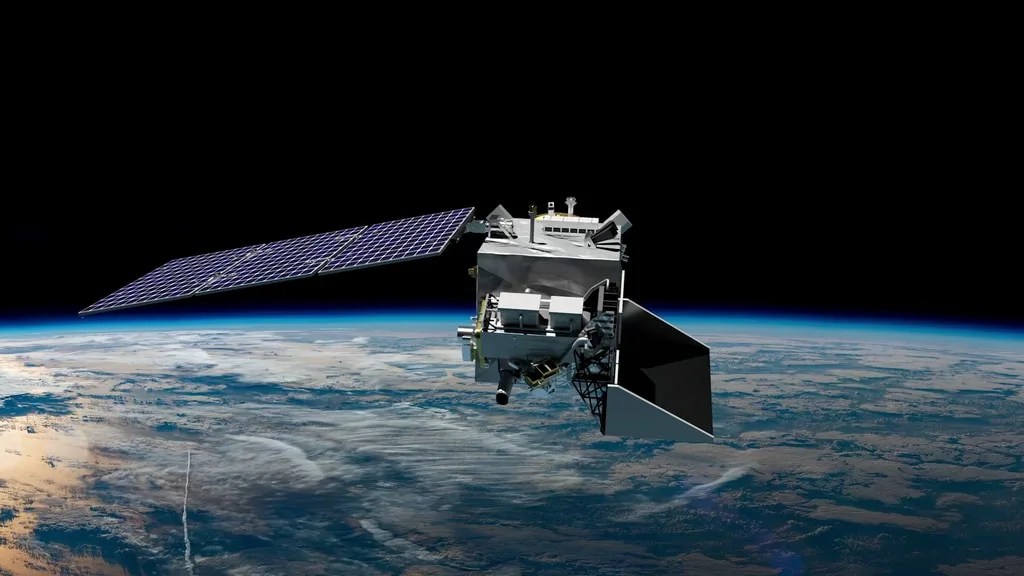
PACE
PACE will help us better understand our ocean and atmosphere by measuring key variables associated with cloud formation, particles and…

PREFIRE
PREFIRE measures a little-studied portion of the radiant energy emitted by Earth for clues about sea ice loss, ice-sheet melting,…
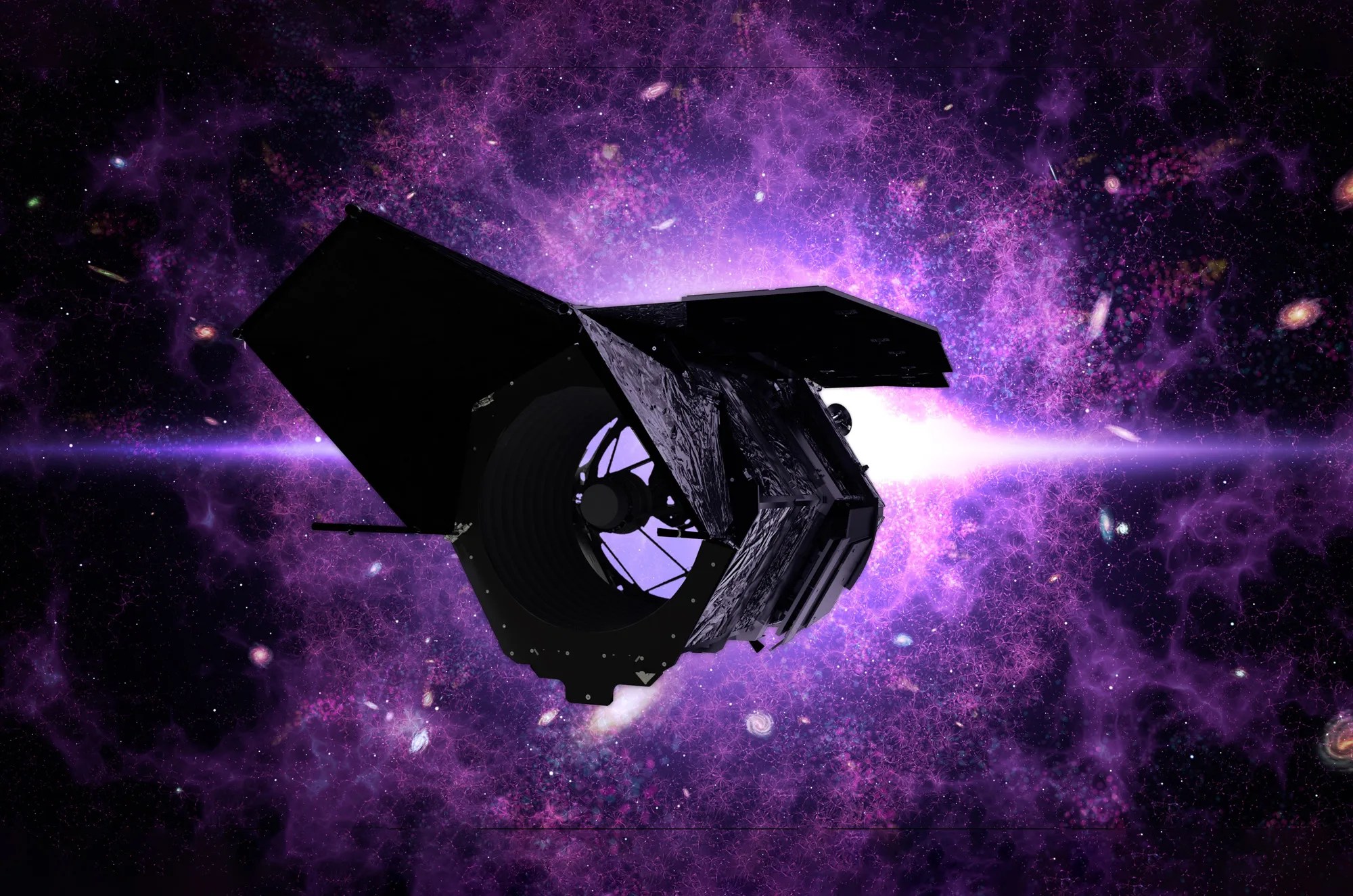
Roman
https://www.youtube.com/watch?v=PJKjpYKJwk4 In September 2024, the Nancy Grace Roman Space Telescope passed a key milestone and was approved for the next…

SWO
Space Weather Follow-on (SWFO) program develops and deploys operational satellite systems that study space weather and safeguard society.

VERITAS
Venus Orbiter
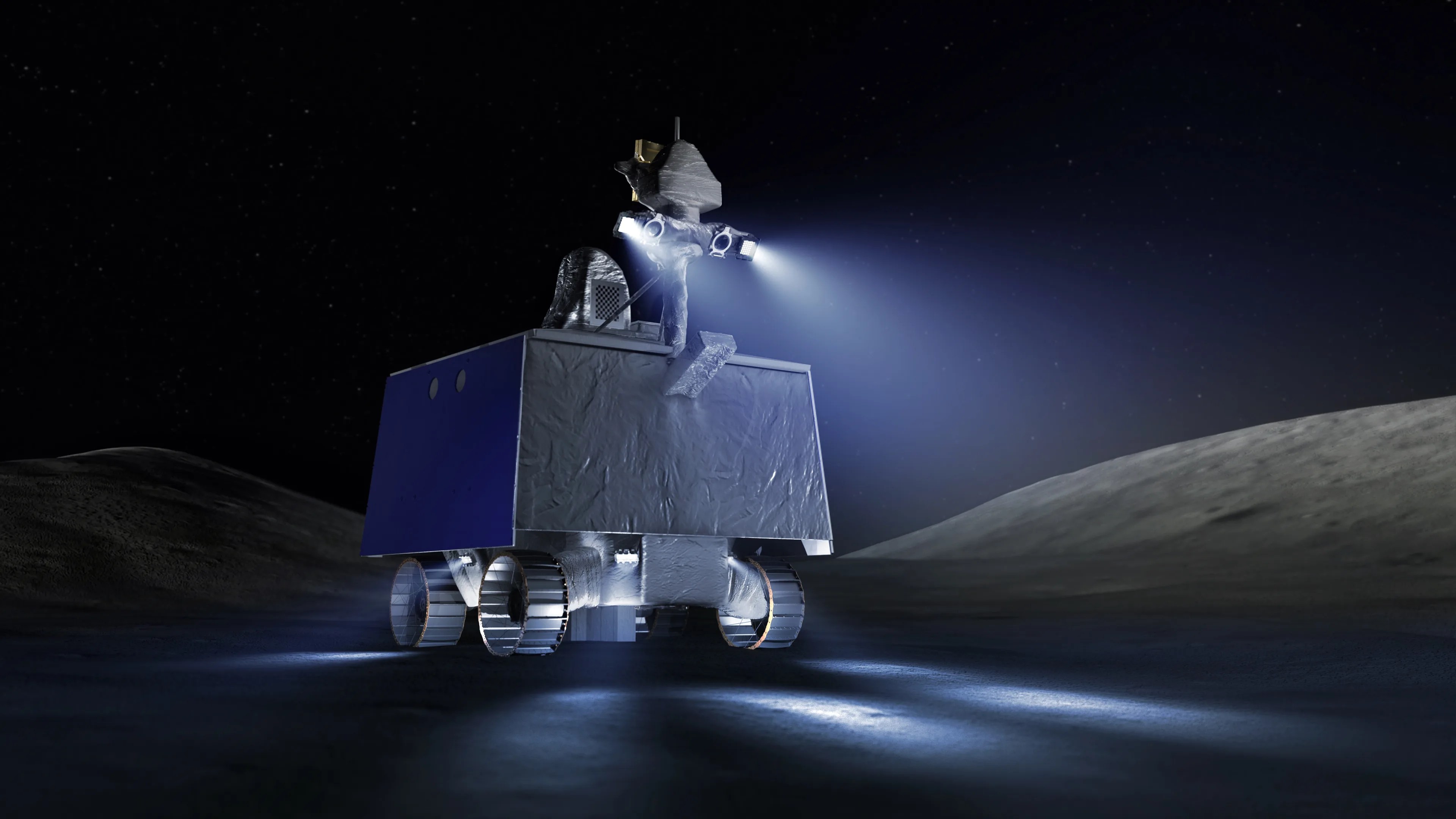
VIPER
Overview NASA’s Artemis lunar rover, the Volatiles Investigating Polar Exploration Rover, or VIPER, is designed to explore the relatively nearby…

